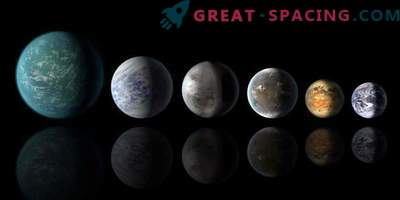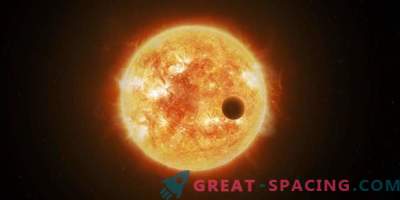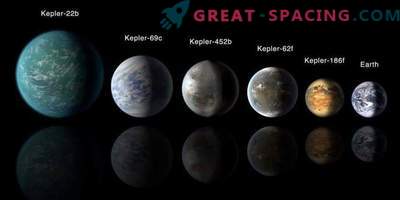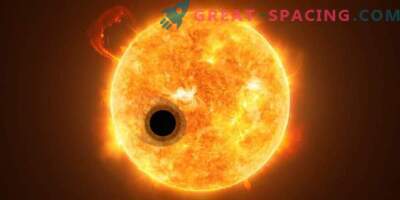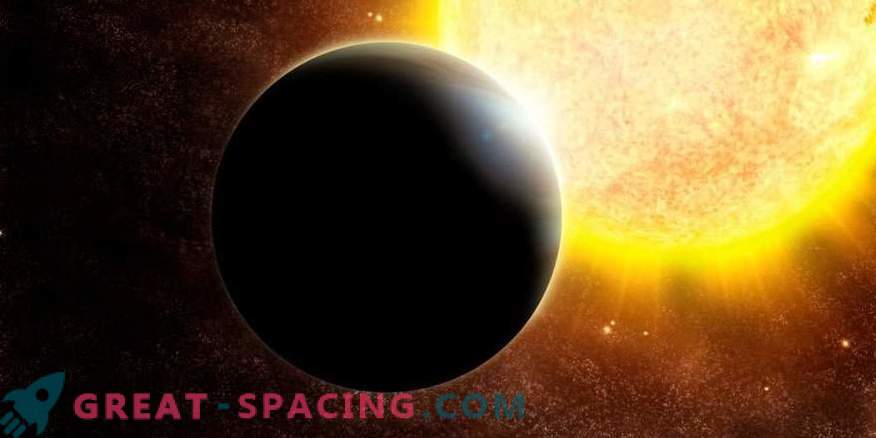
Researchers analyzed the composition and structure of distant exoplanets using statistical tools. The analysis shows what exactly the planet consists of: an earthly type, a clean rock or a water world. The larger the planet, the more hydrogen and helium around it.
Is there a second earth in space? Understanding extrasolar planetary systems increases as new technologies search for ever more distant objects. To date, scientists are aware of the existence of 3,700 alien worlds outside the solar system. The planetary masses and radii of these worlds can be used to determine their average density, but not the exact chemical composition and structure.

A possible exoplanet model with a stony core and a gaseous atmosphere
Scientists used databases and statistical tools to characterize exoplanets and their atmospheres. Alien worlds are common and surrounded by a volatile layer of hydrogen and helium. But directly measured information did not allow to determine the exact structure, because different compositions can lead to the same masses and radii. Therefore, the researchers also decided to study the proposed internal structure, temperature and reflected radiation in 83 of the 3700 known planets, for which they determined the exact masses and radii.
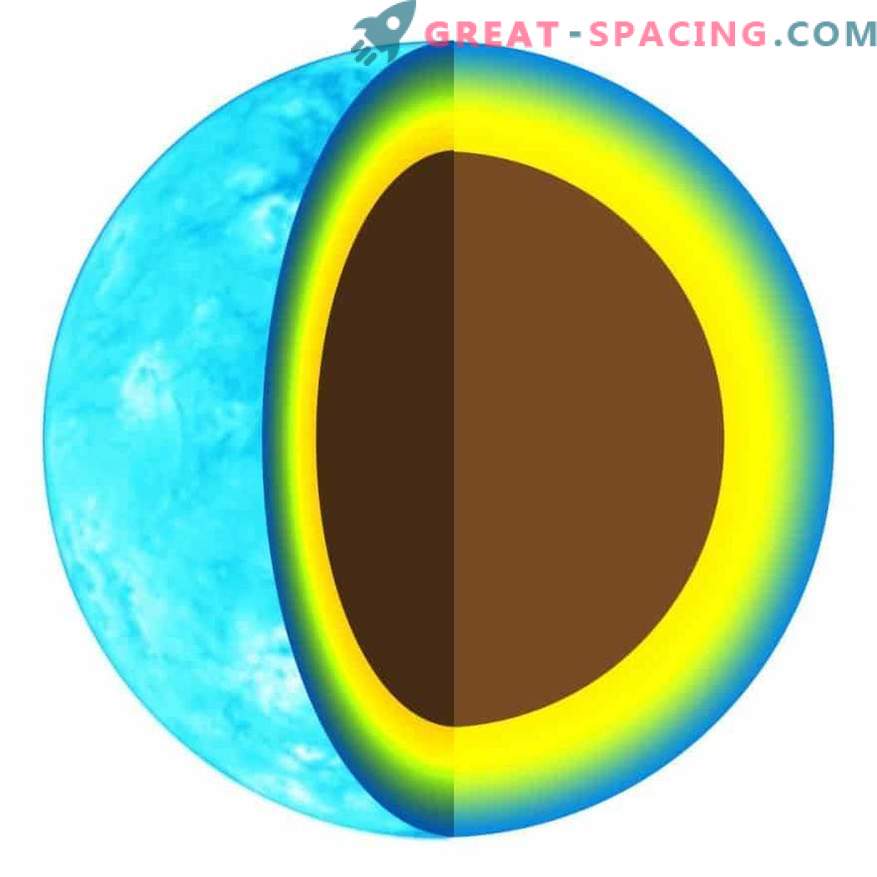
Possible exoplanet model with a stony core and gaseous atmosphere Using the database of exoplanets discovered, it was possible to determine that each theoretical planetary structure has a threshold radius - a planetary radius over which there are no planets with a certain composition. An important factor in this definition is the number of elements in the gaseous layer, which are heavier than helium, the percentage of hydrogen and helium, and the distribution of elements in the atmosphere.
Super-Earths and mini-Neptunes
It turned out that planets with a radius of up to 1.4 times the size of the earth (6,371 km) can resemble the earth in composition. Worlds with a radius above this threshold are endowed with a higher level of silicates or other light materials. Many planets with a radius above 1.6 Earth must have a layer of hydrogen or water in addition to their rocky core. But at radii above 2.6 Earth they will not become the water worlds and will be surrounded by the atmosphere. It is believed that at a rate above 4 Earth radii, the planets will become gaseous and by 10% will consist of hydrogen and helium (like Uranus and Neptune).
Analysis offers a new insight into the development and diversity of the planets. One particularly interesting threshold concerns the difference between large terrestrial planets (super-Earth) and small gas mini-Neptunes. This indicator is in the mark of three terrestrial radii.


